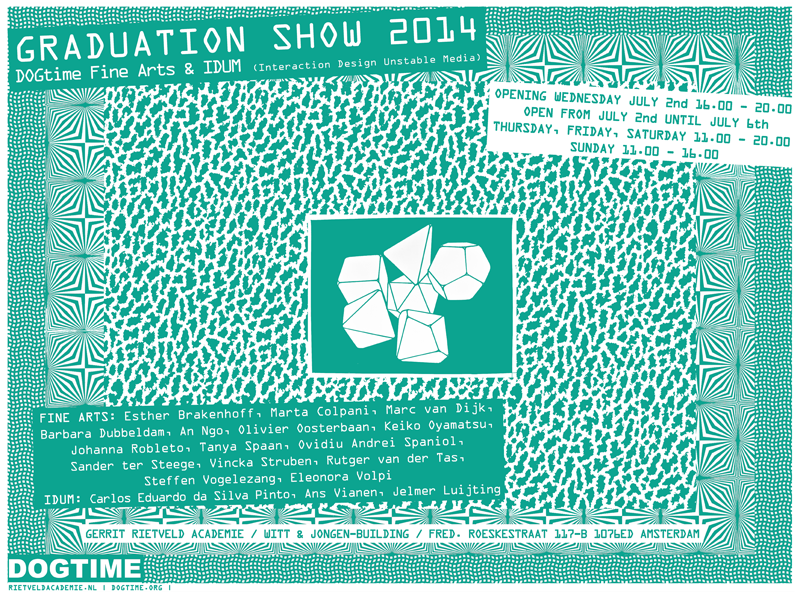 |
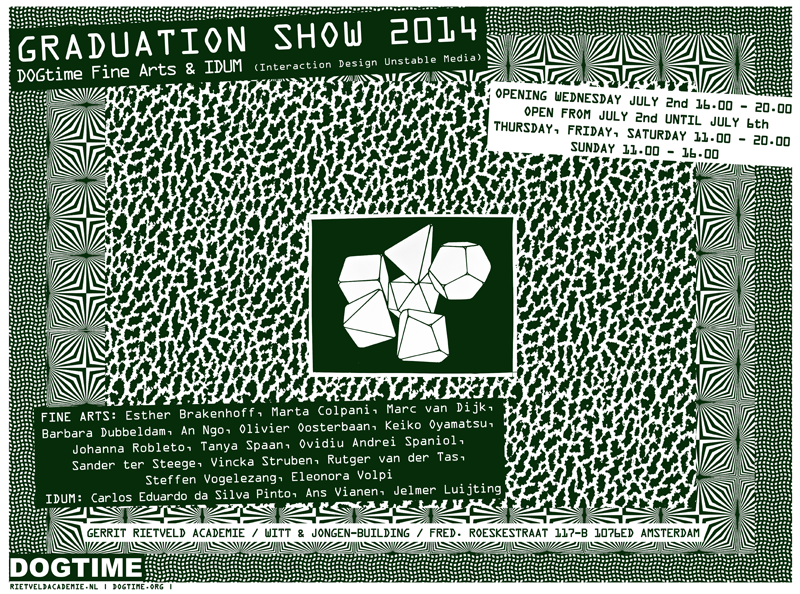 |
 |
 |
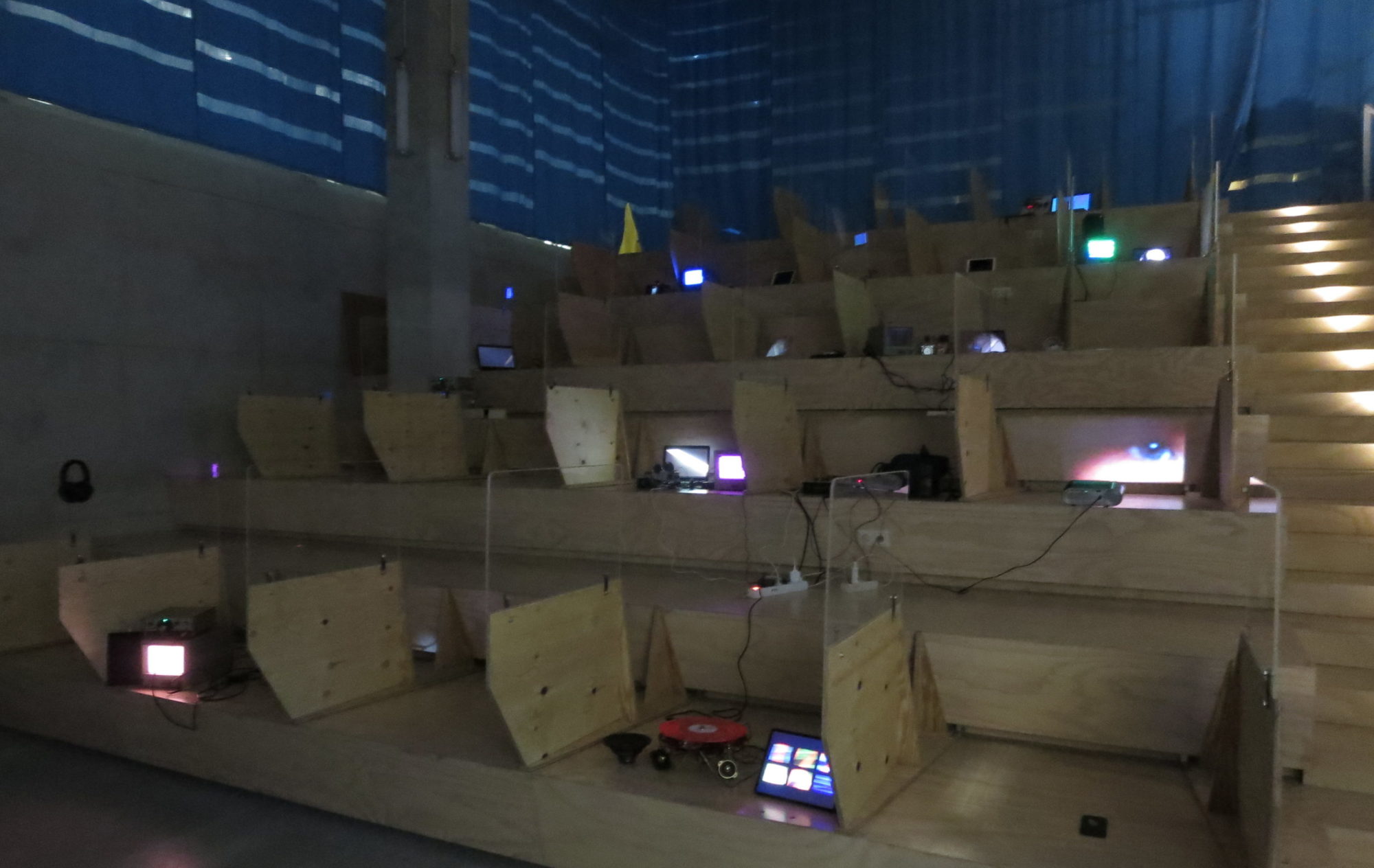
Gerrit Rietveld Academie
 |
 |
 |
 |
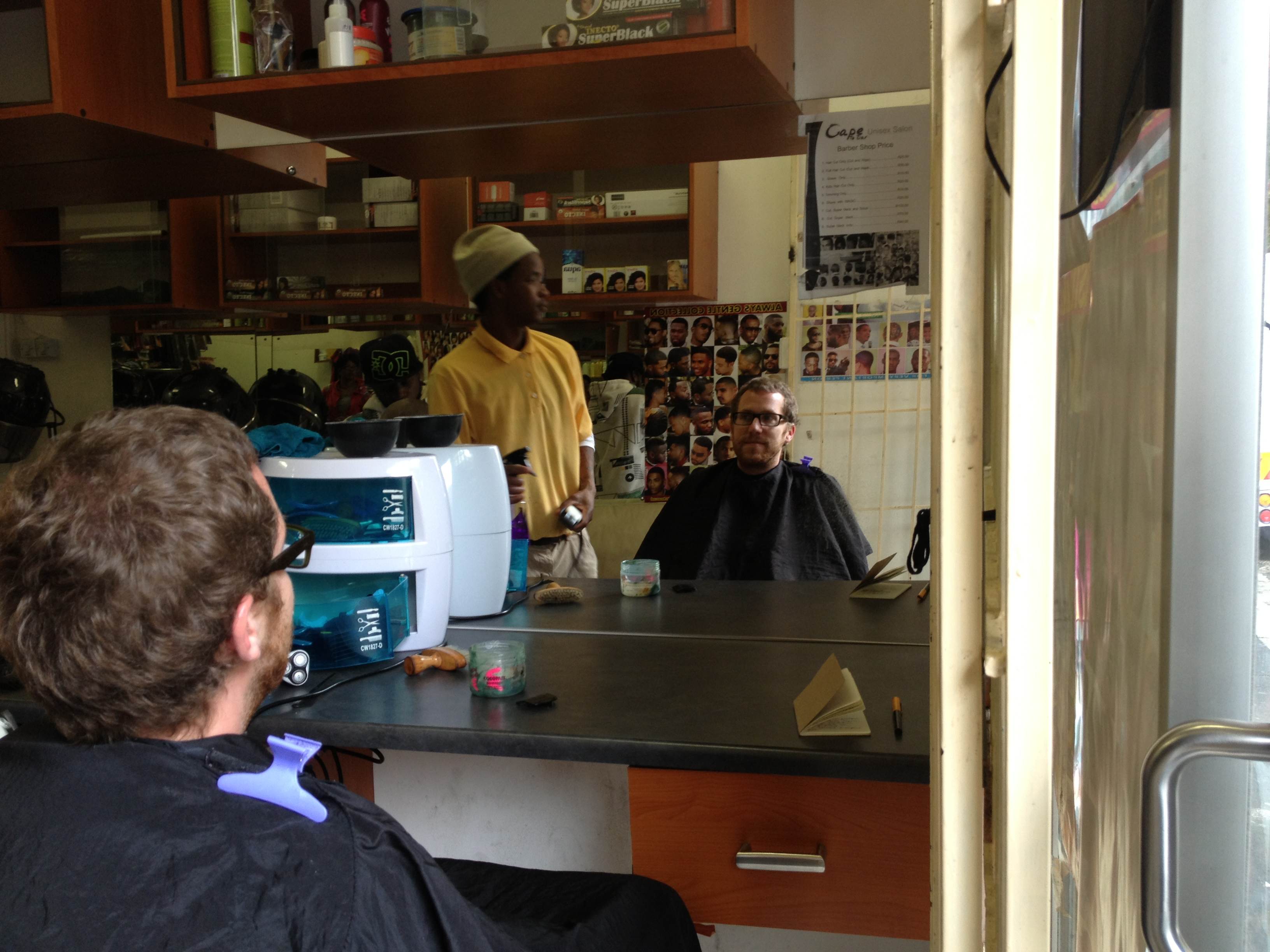
At the Hairdressers in Cape Town: ‘They Want to Look Super Slick’
CAPE TOWN – It is busy at the hairdressers across from the hotel, a narrow shop in Parliament Street. When one of the hairdressers tells me it is my turn, the guy sitting next to me loses it. He is pressed for time, he signals. Is the only white guy getting preferential treatment? I don’t think he actually says it (I cannot understand him), but I have a feeling that my skin colour plays a part in his rant, even if unarticulated.
I arrived after him. What he does not know is that I had been in the shop earlier, and had stepped out to get something. I let him go first. As a tourist you are never in a hurry, so it is easy for me to play the noble paleface. Besides, I cannot imagine that the hairdresser will have to spend much time on the angry man. In my eyes the little hair that can be seen on his shiny light brown head is pretty much styled to perfection.
It is my last day here, an excursion to South-Africa with my DOGtime class mates and teachers. On the worn-out leather sofa for the waiting, I look through the mementos in my wallet. The evidence of a week in Cape Town. Only a few more bank notes depicting the animals that a safari-goer has to collect like football cards (the Big Five), and on the other side the most portrayed South African of all time: Nelson Mandela. Then a colourful business card from Kolekile Mhlana, who showed us around the prison on Robben Island, where he was incarcerated as a political prisoner with young and old activists, amongst whom the Great Nelson. When the guide finished after an hour, a chubby tourist with a sunburned neck commented: ‘It was a long talk to freedom.’
It really started to go wrong before then, when Mhlana told us that after the tour we could start on our long walk to freedom, back from the prison to the ferry. A joke that is part of the standard repertoire of the tour guides, it had also been used by the guy who had driven us around the island. It fits the atmosphere of unsightly Mandela mouse pads, mugs and T-shirts. But still: even people who are sceptical of the Mandela worship become quiet in this place. And when eye to eye with his cell, will want to touch the bars.
I browse through the photos on my phone and have another look at the gigantic fort that formed the foundation of Cape Town in the 17th
century. On each gable stone the logo of the Dutch East India Company, the first multinational in the world. Inside the building, depicted on paintings and blue and white plates from Asia, the bustling bay with the Table Mountain – recognisable from the sea for any sailor.
Near the stronghold is the Slave Lodge. The Dutch Reformed Church is right next door. The place where slaves were traded has only quite recently been made into a museum. There is a bill on display, the balance sheet of one shipment: ‘List of dead slaves. How many blacks died on which day, how many were thrown overboard – either dead or alive. Everything is neatly chronicled in beautiful fancy script.
Slaves were given Dutch names to replace their own names that were to be forgotten. Mamakousje van de Rio, Sander de Groot, Jonas van de Cust.
It is my turn. The hairdresser, a guy of not yet 30, thinks it is a shame I am having it all cut. ‘I could do all sorts with this hair,’ he says, ‘most people here have such coarse hair.’
He is from another part of South Africa. The name of his tribe includes a click sound. I try to imitate him, but concede quickly. He has lived in Cape Town for seven years. He is doing well he says. He has a job. Hair always grows. And a campaign like ‘Check out yourself in the hairdresser’s mirror’ is not necessary here. ‘Black men sometimes return after three days’ he says, ‘They would prefer to come every day. They want to look super slick’.
He doesn’t know Amsterdam. Well, he has heard of it. He would love to make far journeys, but he lacks the funds. And if he travels within the country, it does not usually take long for him to find trouble. Recently he was taking a walk with two friends in Wellington, a nice old town near Cape Town. When they took a rest on a bench, they got a dirty look from a white man that lived there. A little later the police arrived. The friends were arrested and taken to the station. ‘Why? We were just sitting there. I was talking to my mother the other day and said: apartheid is still here. Nothing has changed.’
‘The younger generation is doing much better amongst themselves,’ he says, ‘but the older generation? Sometimes I wish they were all dead.’
Four centuries of racism, and now two decennia of ‘Rainbow Nation’. A word pitched by Desmond Tutu. A lot still has to happen before that term sounds just as light and cheerful as the smile of Tutu himself. Like when we unexpectedly saw him in the foyer of a theatre – triggering smiles and conversations all around him.
There is still need for time. A lot of time. I ask the hairdresser if he feels it will ever really be different. ‘It’s all gonna be fine,’ he says, and he seems to be genuine.
I pay for the haircut: 30 rand. About 2 euros. We shake hands. He tries to teach me a cool hand shake, but I fail miserably.
‘My name is Kia. Pleased to meet you, Marc.’
This report was previously published in DOGTIME CAPE TIME, a publication about our trip.
19-03-2014 © text: Marc van Dijk, translation: Mags Westra, photo: Steffen Vogelezang
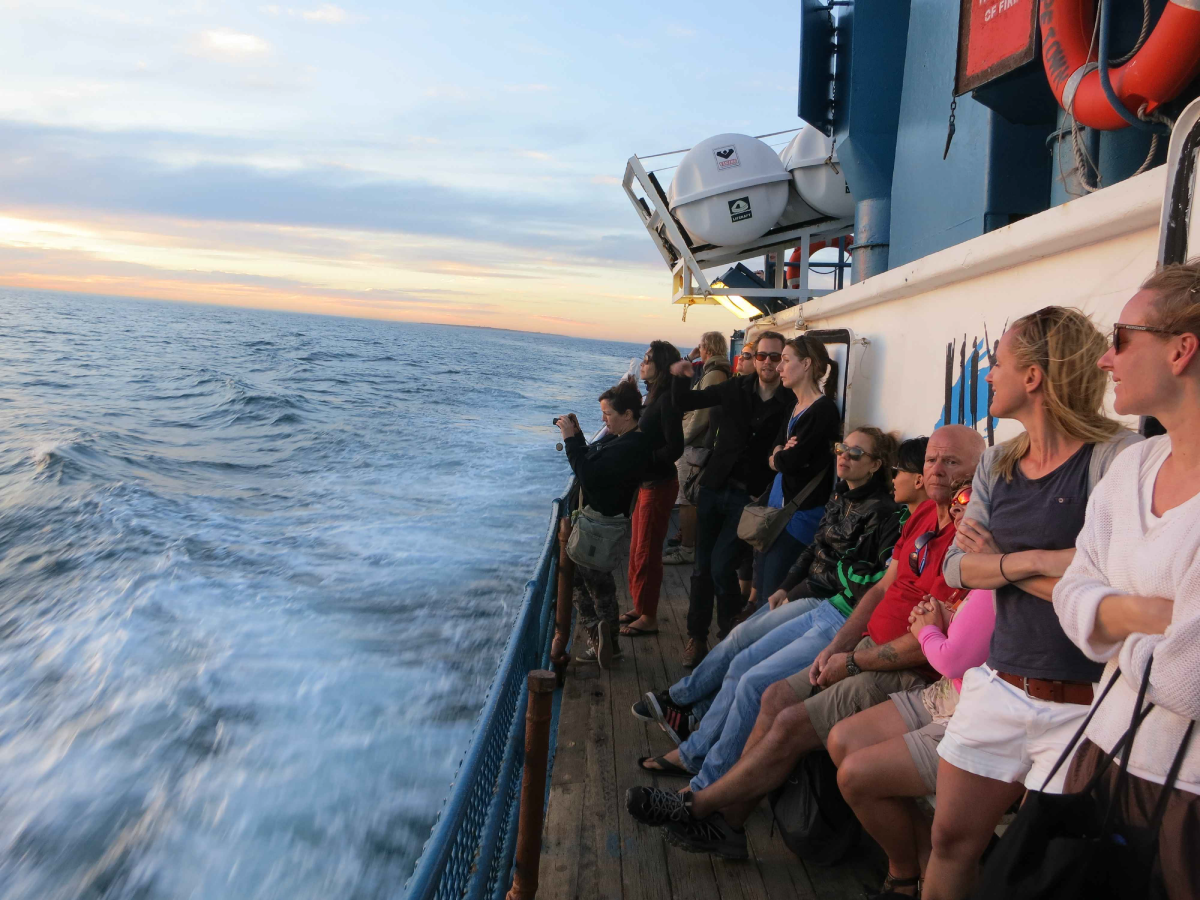 [Olivier Oosterbaan] [Olivier Oosterbaan] |
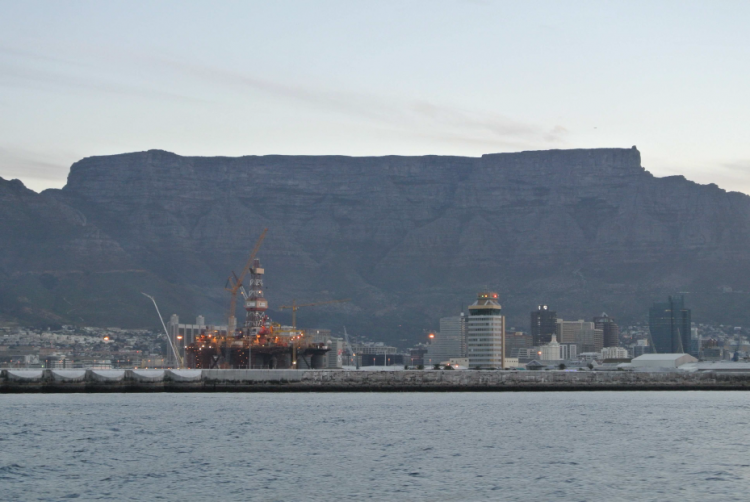 Kaapstad [Esther Brakenhoff] Kaapstad [Esther Brakenhoff] |
 Signal Point [Esther Brakenhoff] Signal Point [Esther Brakenhoff] |
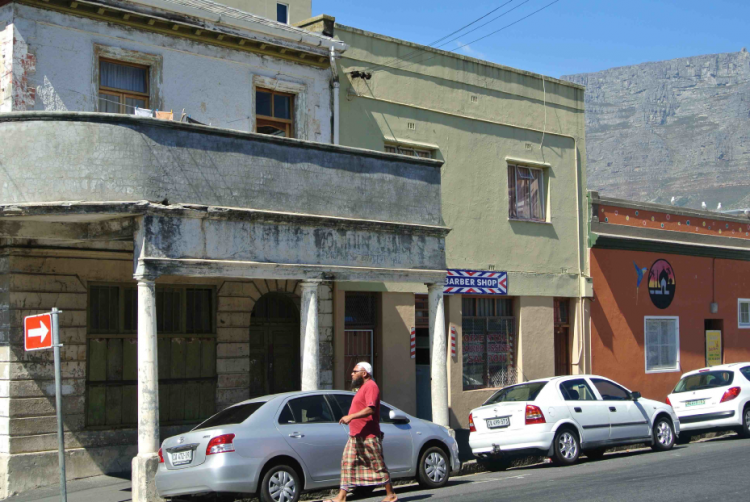 Bo-Kaap [Esther Brakenhoff] Bo-Kaap [Esther Brakenhoff]
|
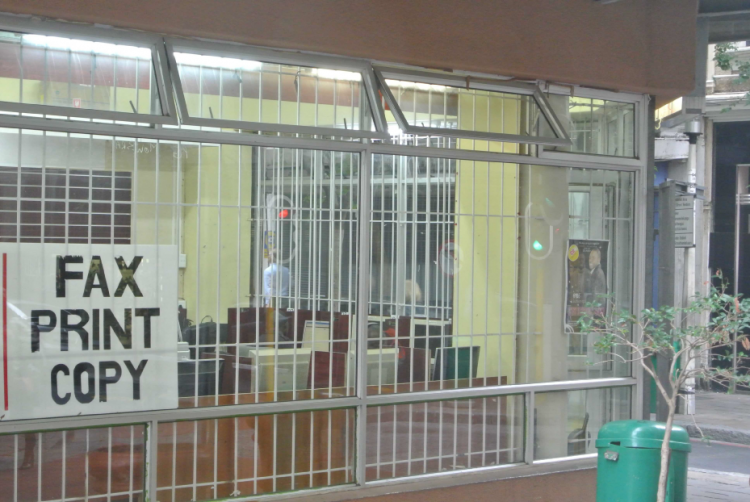 Fax Print Copy [Esther Brakenhoff] Fax Print Copy [Esther Brakenhoff]
|
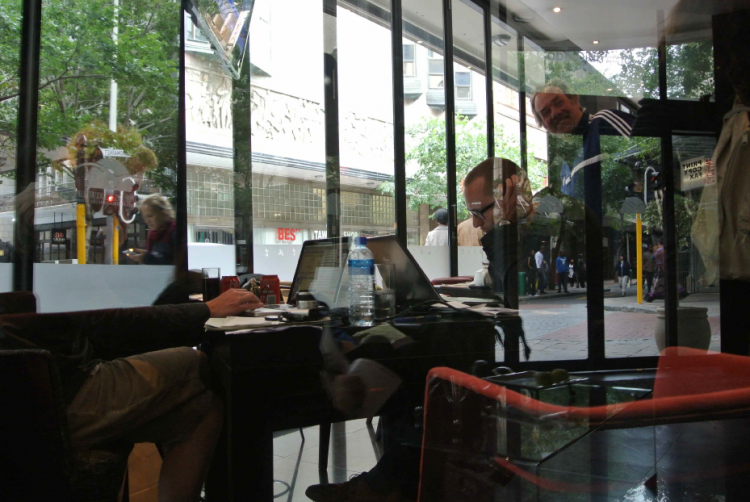 CAPE time [Esther Brakenhoff] CAPE time [Esther Brakenhoff]
|
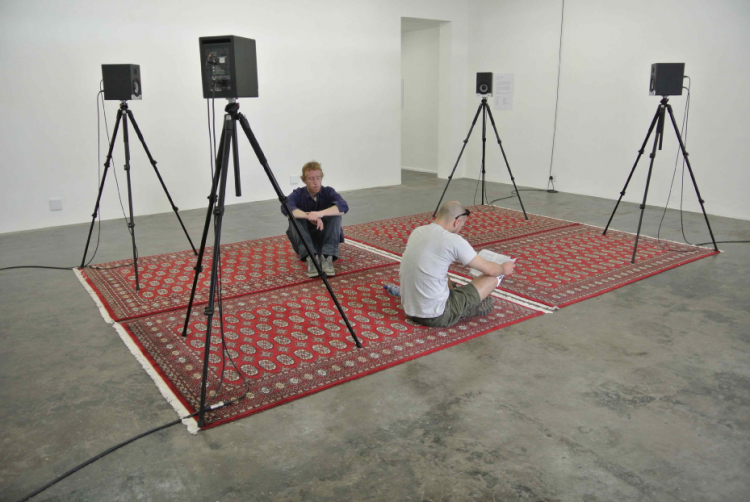 James Webb, Untitled (Al Madat) [Esther Brakenhoff] James Webb, Untitled (Al Madat) [Esther Brakenhoff]
|
 Kaap de Goede Hoop [Esther Brakenhoff] Kaap de Goede Hoop [Esther Brakenhoff]
|
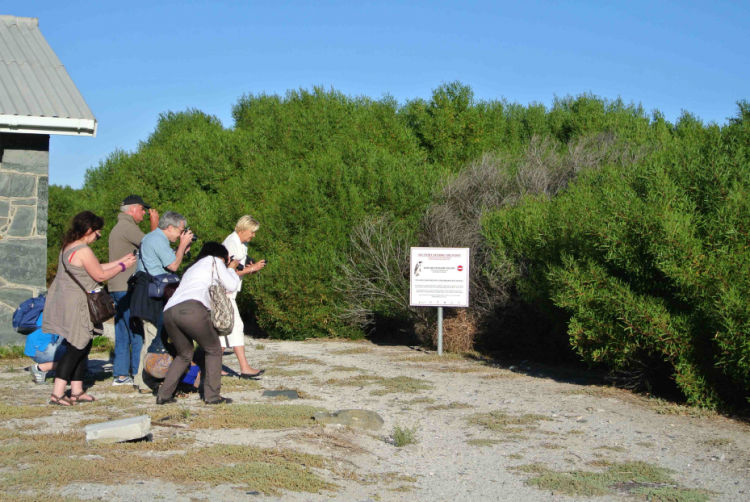 Penguin Tourists on Robben Island [Esther Brakenhoff] Penguin Tourists on Robben Island [Esther Brakenhoff]
|
 Visit Art School [Esther Brakenhoff] Visit Art School [Esther Brakenhoff]
|
 Visit Art School [Esther Brakenhoff] Visit Art School [Esther Brakenhoff]
|
 [Olivier Oosterbaan] [Olivier Oosterbaan]
|
|
|
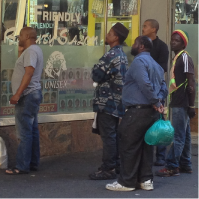 [Olivier Oosterbaan] [Olivier Oosterbaan]
|
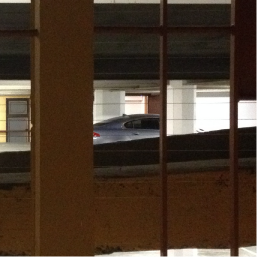 [Olivier Oosterbaan] [Olivier Oosterbaan]
|
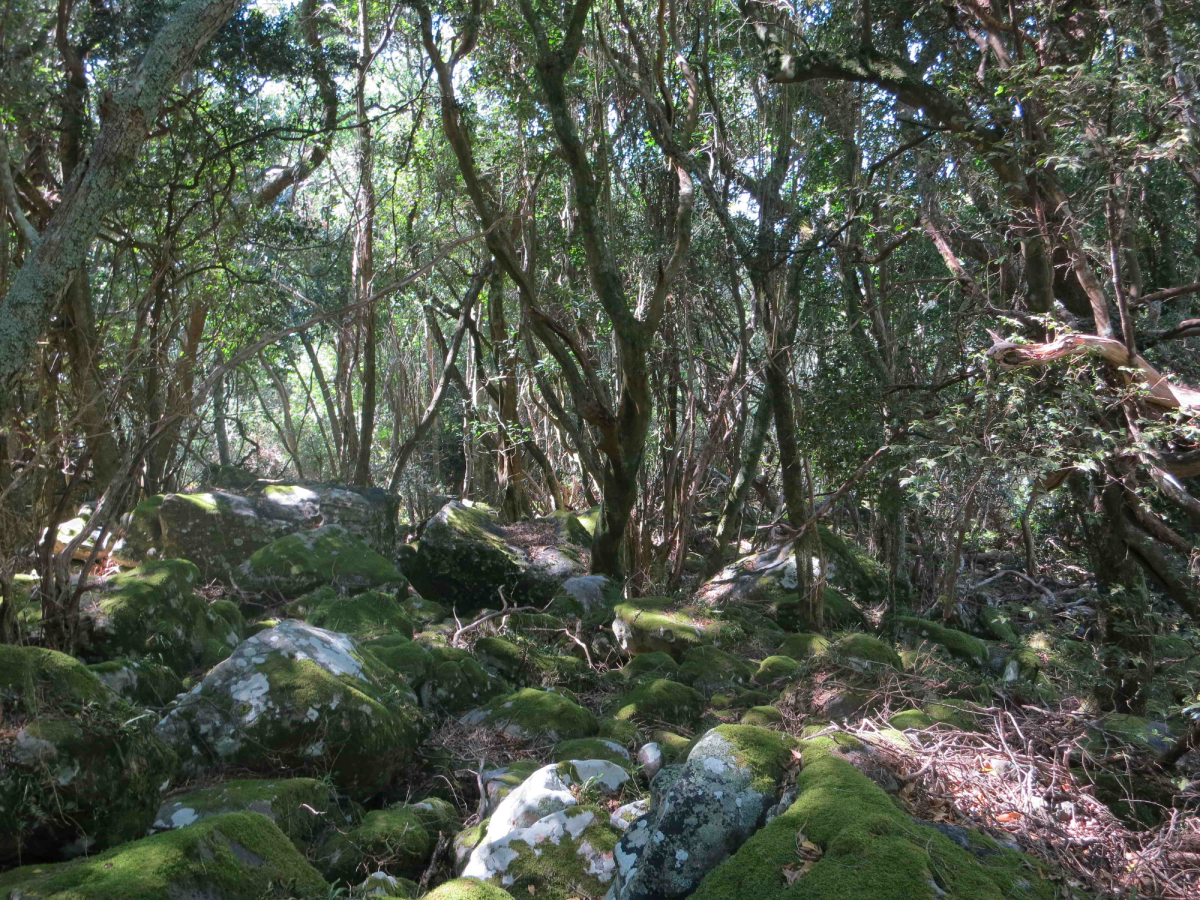 [Olivier Oosterbaan] [Olivier Oosterbaan]
|
|
|
|
|
|
|
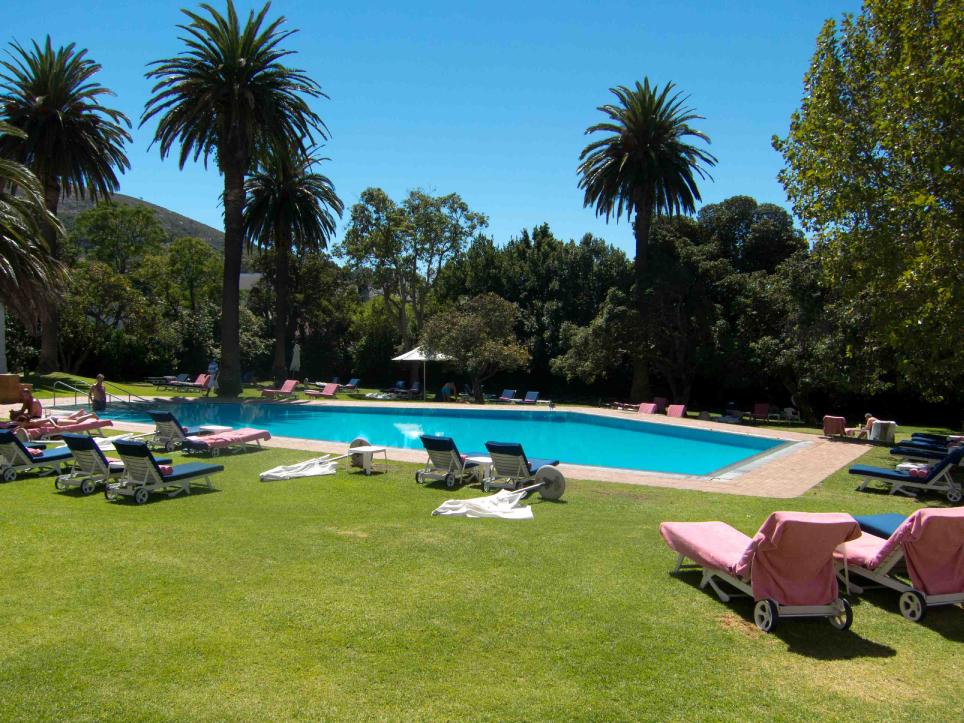 [Olivier Oosterbaan] [Olivier Oosterbaan]
|
|
|
|
|
|
|
|
|
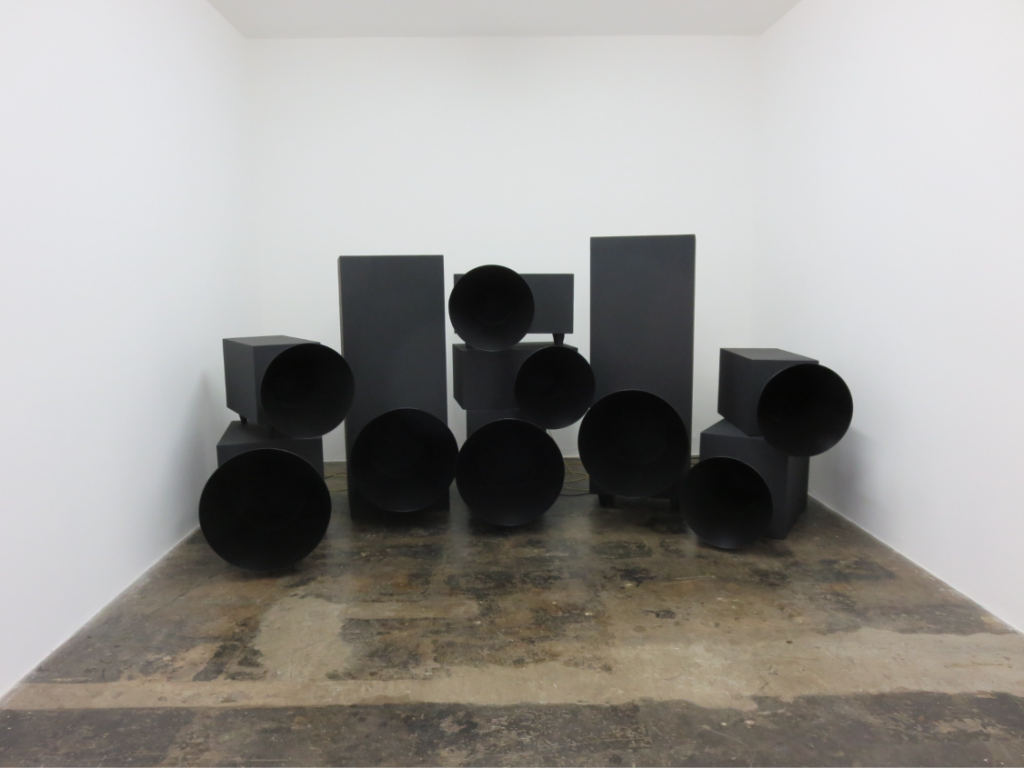 Children of the revolution of James Webb at Blank Projects [Vincka Struben] Children of the revolution of James Webb at Blank Projects [Vincka Struben]
|
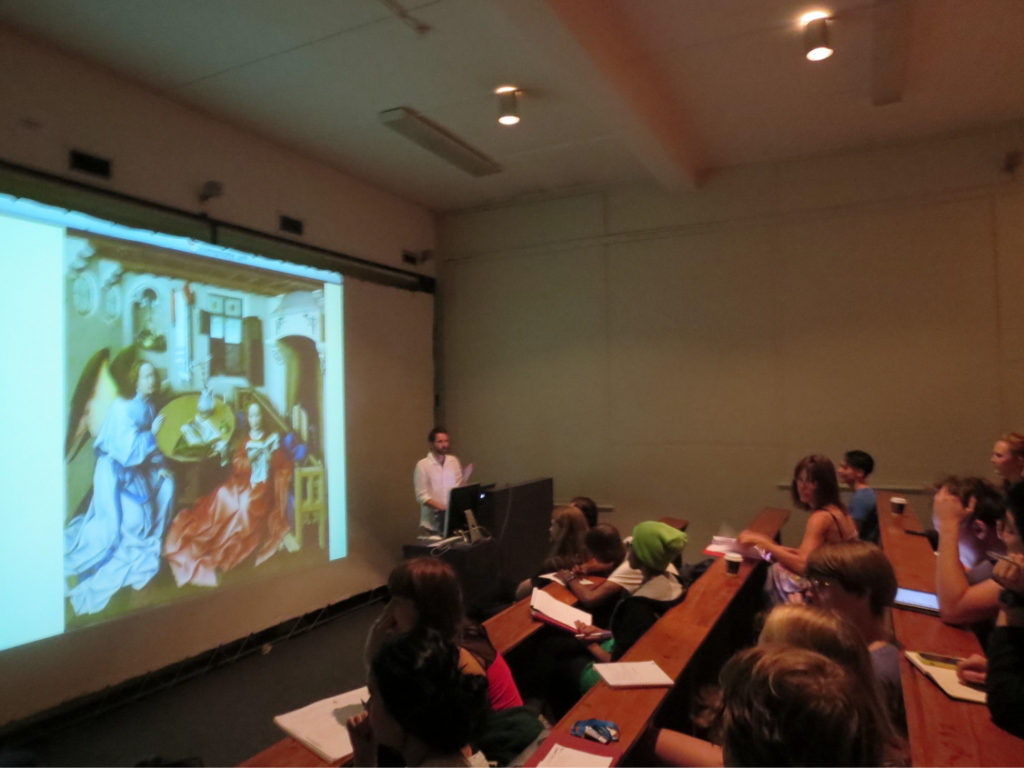 De Vlaamse primitieven en An in een college in Cape Town [Vincka Struben] De Vlaamse primitieven en An in een college in Cape Town [Vincka Struben]
|
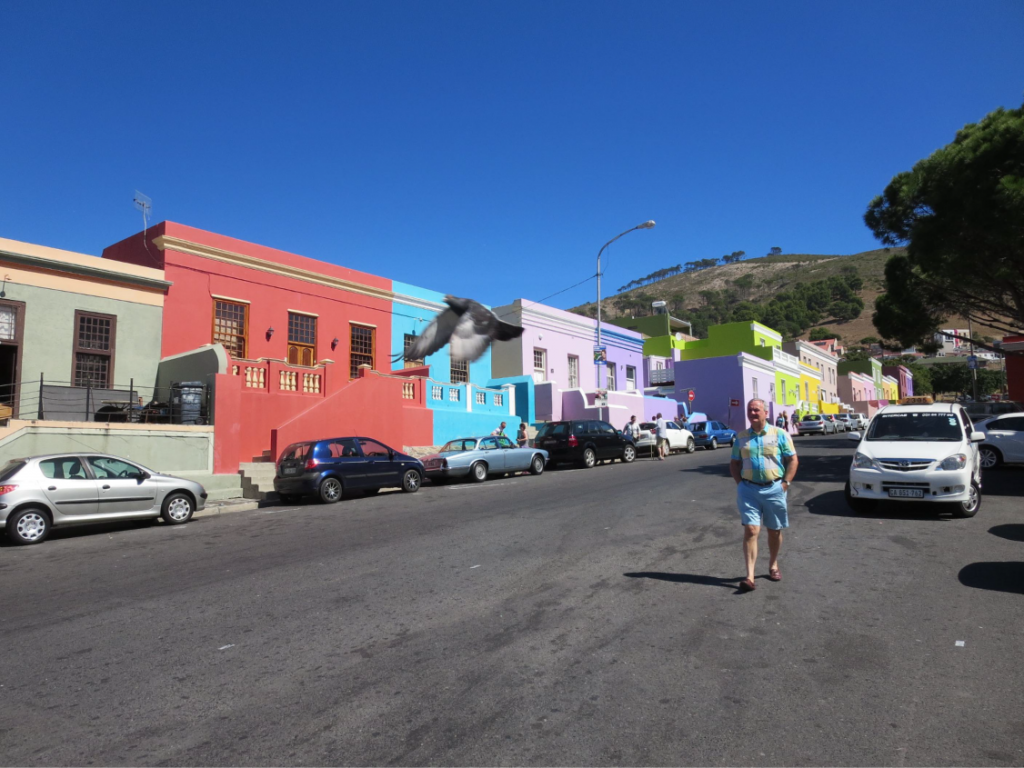 Pigeon and man in coloured shirt in Bo Kaap [Vincka Struben] Pigeon and man in coloured shirt in Bo Kaap [Vincka Struben]
|
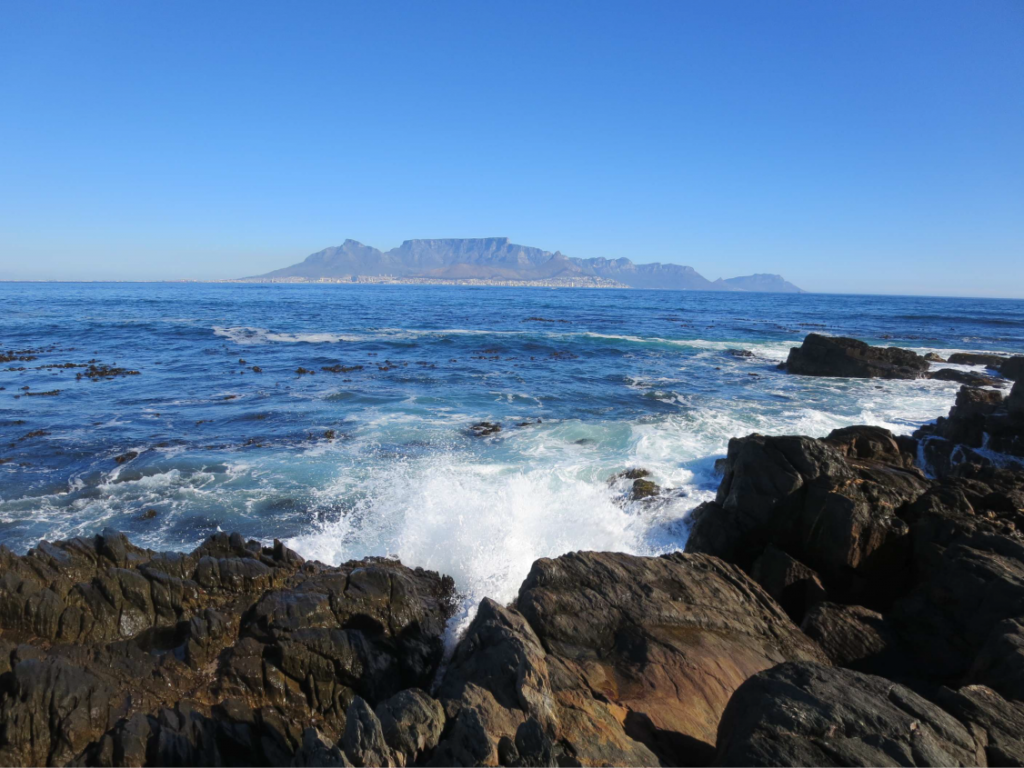 Table Mountain from Robben Island [Vincka Struben] Table Mountain from Robben Island [Vincka Struben] |
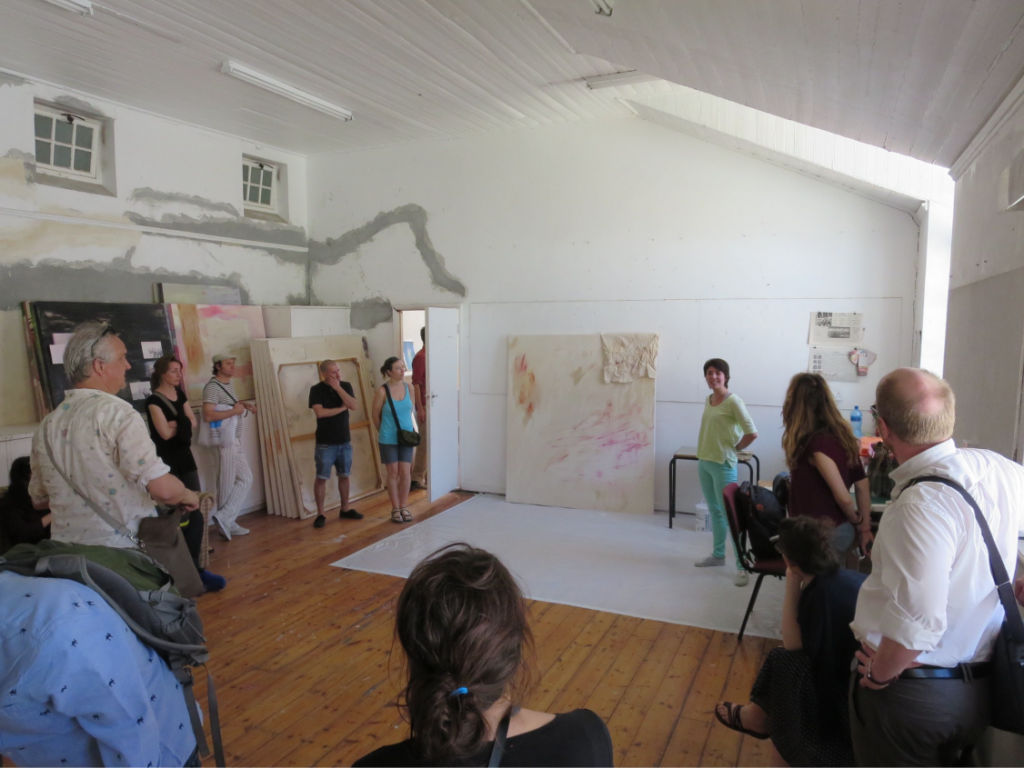 Talking to students at the Michaelis School of Fine Arts [Vincka Struben] Talking to students at the Michaelis School of Fine Arts [Vincka Struben] |
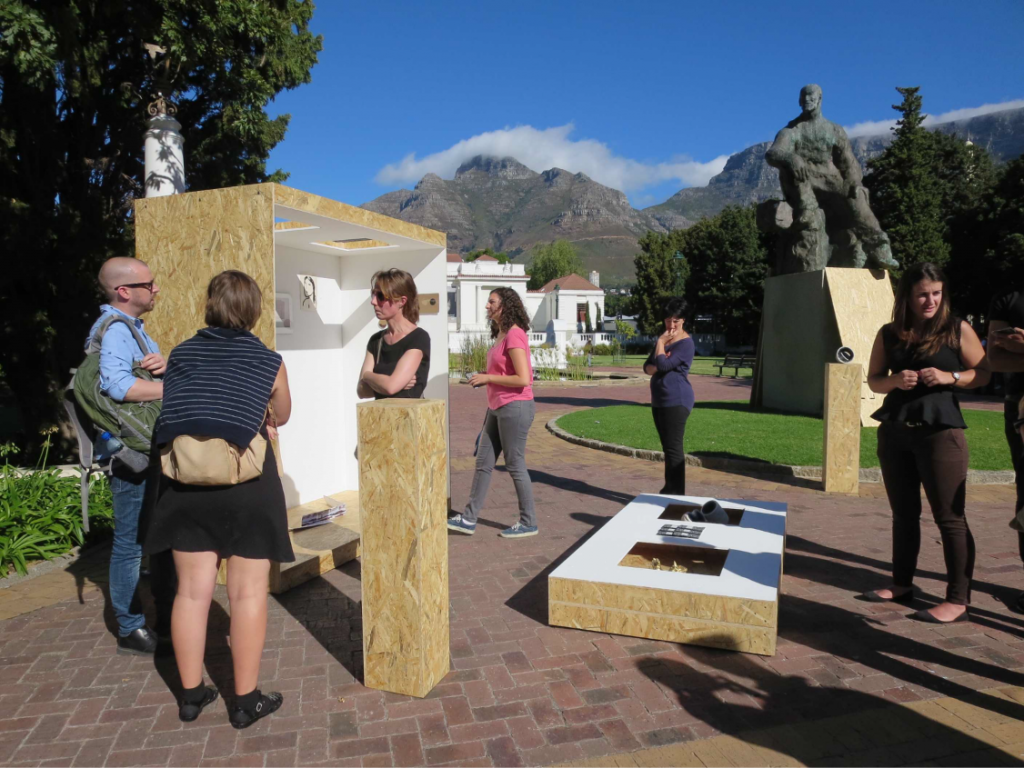 Talking to students at the Michaelis School of Fine Arts [Vincka Struben] Talking to students at the Michaelis School of Fine Arts [Vincka Struben] |
 Testing Arts [Vincka Struben] Testing Arts [Vincka Struben] |
 News Room [Vincka Struben] News Room [Vincka Struben] |
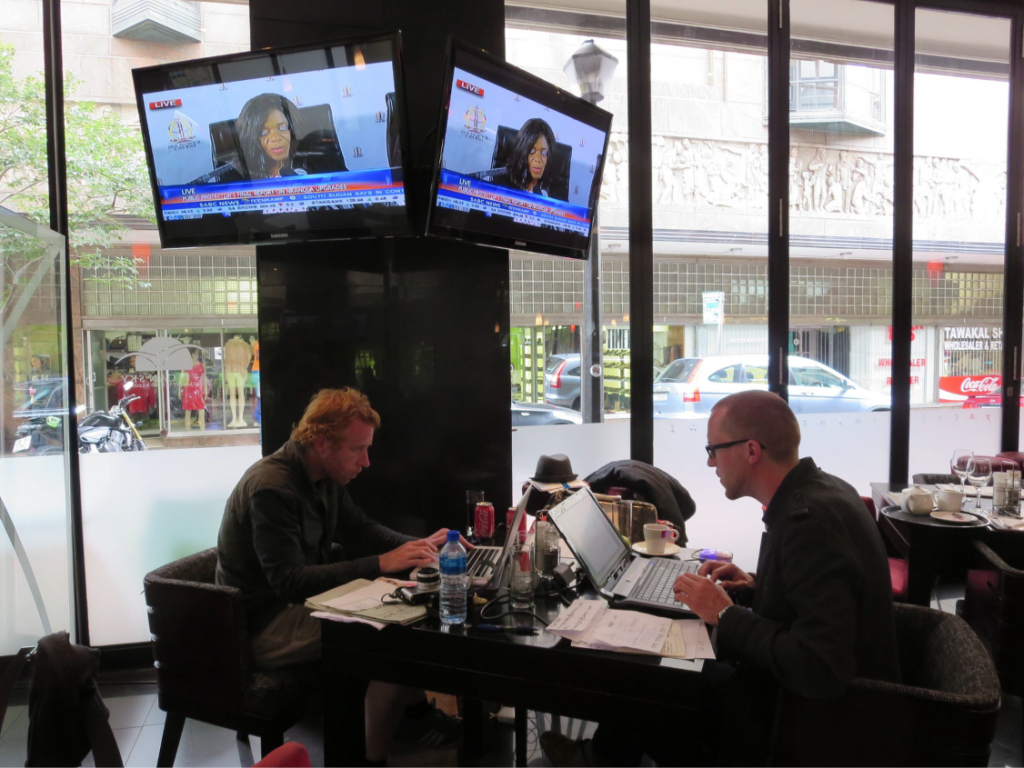 News Room [Vincka Struben] News Room [Vincka Struben] |
 The South African Museum [Vincka Struben] The South African Museum [Vincka Struben] |
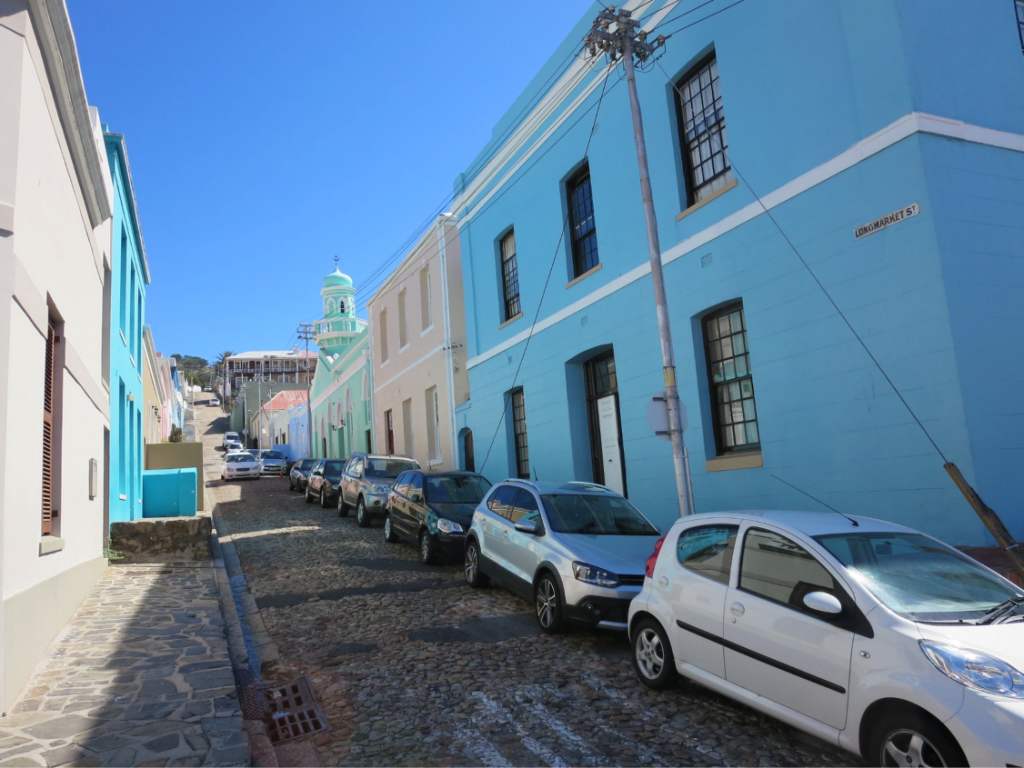 The Street of our Hotel going Uphill [Vincka Struben] The Street of our Hotel going Uphill [Vincka Struben] |
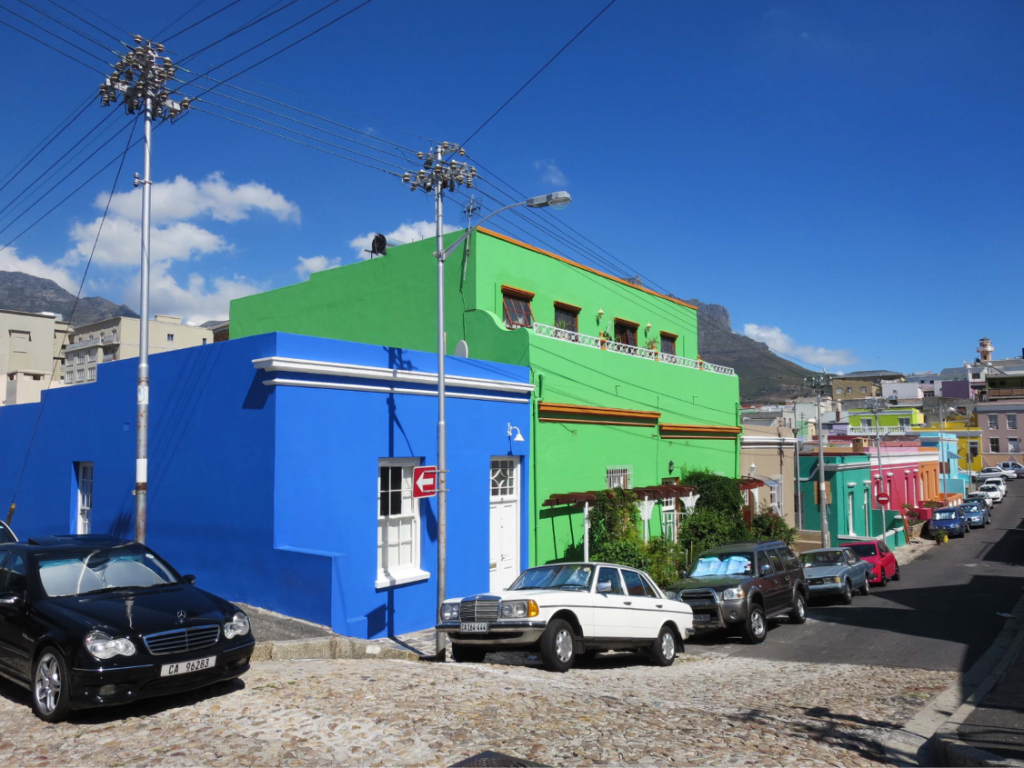 Bo-Kaap [Vincka Stuben] Bo-Kaap [Vincka Stuben] |
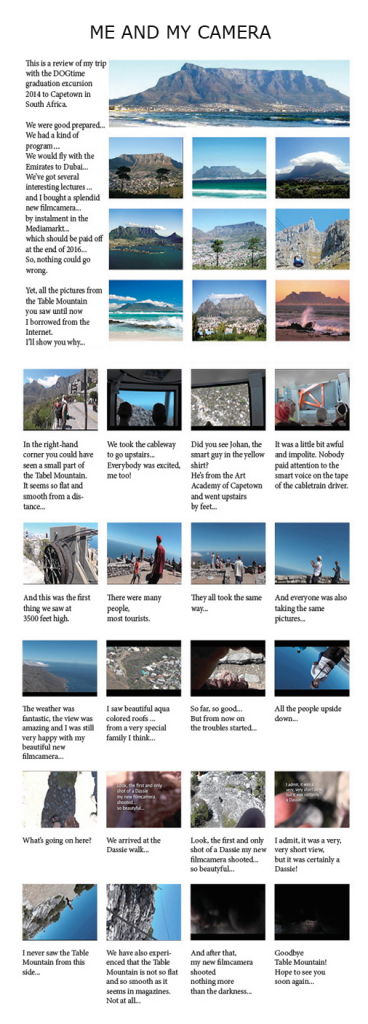 Me and my Camera [Ans Vianen] Me and my Camera [Ans Vianen] |

Bij de kapper in Kaapstad: ‘Ze willen er superstrak uitzien’
KAAPSTAD – Het is druk bij de kapper tegenover ons hotel, een smal zaakje in Parliamentstreet. Als een van de kappers zegt dat ik aan de beurt ben, wordt de man naast me boos. Hij heeft haast, gebaart hij. Krijgt de enige blanke soms voorrang? Hij zegt het denk ik niet (ik kan hem niet verstaan), maar ik krijg het gevoel dat mijn huidskleur onuitgesproken een rol speelt in zijn tirade.
Ik kwam later binnen dan hij. Hij weet alleen niet dat ik eerder ook al in de zaak zat, en dat ik tussendoor even was teruggelopen om iets op te halen. Ik laat hem voorgaan, en blader door mijn foto’s. Als toerist heb je nooit haast, dus voor mij is het makkelijk om de nobele blanke uit te hangen. Ik kan me bovendien niet voorstellen dat de kapper lang met de boze man bezig zal zijn. Het weinige haar op zijn glimmende lichtbruine hoofd is in mijn ogen al nagenoeg perfect in model.
Het is mijn laatste dag hier, met mijn klasgenoten en docenten van DOGtime op schoolreis in Zuid-Afrika. Op de versleten leren bank voor de wachtenden bekijk ik de briefjes in mijn portemonnee, sporen van een week Kaapstad. Nog maar een paar bankbiljetten met op de ene kant de dieren die de safari-ganger moet sparen als voetbalplaatjes (the Big Five) en op de andere kant de meest geportretteerde Zuid-Afrikaan: Nelson Mandela. Verder onder andere een kleurig visitekaartje van Kolekile Mhlana, die ons rondleidde in de gevangenis op Robbeneiland, waar hij als politieke gevangene vastzat met jonge en oude activisten, onder wie de grote Nelson. Toen de gids na een uur klaar was, zei een gezette toerist met een rood verbrande nek: ‘It was a long talk to freedom.’
Het ging eigenlijk al eerder mis, toen Mhlana zelf had gezegd dat wij na de rondleiding aan onze long walk to freedom konden beginnen, van de gevangenis terug naar de pont. Een grapje dat alle gidsen op hun repertoire hebben staan, ook de jongen die ons over het eiland had rondgereden had hem gemaakt. Het past in de sfeer van onooglijke Mandela-mousepads, mokken en T-shirts. En toch: ook mensen die sceptisch zijn over de Mandela-verering worden stil van deze plek en willen oog in oog met zijn cel de tralies even aanraken.
Ik blader door de foto’s op mijn telefoon en kijk nog eens naar het reusachtige fort waar Kaapstad halverwege de zeventiende eeuw mee begon. Op elke gevelsteen het logo van de VOC, de eerste multinational ter wereld. Binnen, op schilderijen en blauw beschilderde borden uit Azië de druk bevaren baai met de Tafelberg, vanaf zee herkenbaar voor elke schipper.
Vlakbij de burcht ligt de slave lodge. De Nederlandse gereformeerde kerk staat er pal naast. De plek waar de slaven verhandeld werden is nu een museum, nog niet eens zo lang. Er hangt een rekening, de balans van één levering per schip: ‘Lijst van doode negers’. Hoeveel negers er op welke dag gestorven zijn, hoeveel er dood of levend overboord zijn gegooid. Alles keurig geboekstaafd, in fraaie sierletters geschreven.
De slaven kregen Hollandse namen, ter vervanging van hun eigen namen, die vergeten moesten worden. Mamakousje van de Rio, Sander de Groot, Jonas van de Cust.
Ik ben aan de beurt. De kapper, een jongen van nog geen dertig, vindt het zonde dat ik alles eraf laat halen. ‘Met dit haar kan ik veel meer,’ zegt hij. ‘De meesten hier hebben stug haar.’
Hij komt uit een ander deel van Zuid Afrika, de naam van zijn stam bevat een klak. Ik probeer hem na te zeggen, maar geef het gauw op. Hij woont nu zeven jaar in Kaapstad. Hij heeft het goed, vindt hij. Hij heeft werk. Haar groeit altijd. Een campagne als ‘Kijk eens wat vaker in de spiegel van de kapper’ is hier niet nodig. ‘Zwarte mannen komen soms na drie dagen alweer terug,’ zegt hij. ‘Het liefst zouden ze elke dag komen. Ze willen er superstrak uitzien.’
Amsterdam kent hij niet. Nou ja, wel eens van gehoord. Hij zou ook verre reizen willen maken, maar daar heeft hij geen geld voor. En als hij binnen zijn eigen land reist, heeft hij al snel gezeik. Laatst was hij met twee vrienden aan het wandelen in Wellington, een van de mooie oude stadjes in de buurt van Kaapstad. Toen ze op een bankje zaten, werden ze vies aangekeken door een blanke man die daar woonde. Even later kwamen er twee agenten op ze af. ‘Die man had de politie gebeld. We werden gearresteerd en meegenomen naar het bureau. Waarvoor? We zaten daar alleen maar. Ik belde laatst mijn moeder en zei: de apartheid is hier nog steeds. Er is niks veranderd.’
‘De jongeren doen het onderling beter, zegt hij. ‘Maar die oude garde? Soms zou ik willen dat ze allemaal dood waren.’
Vier eeuwen racisme, en nu amper twee decennia ‘regenboognatie’. Een woord van Desmond Tutu. Er moet nog heel wat gebeuren voordat die term net zo vrolijk en licht voelt als de lach van Tutu zelf, zoals wij hem zagen in de foyer van een theater. Zomaar, in het wild.
Er moet nog steeds tijd overheen. Veel tijd. Ik vraag de kapper of hij denkt dat het ooit echt anders zal zijn? ‘It’s all gonna be fine,’ zegt hij. Hij lijkt het te menen.
Ik reken af: dertig rand. Ongeveer twee euro. We schudden handen. Hij probeert me een coole hand shake te leren, maar ik bak er weinig van.
‘My name is Kia. Pleased to meet you, Marc.’
Dit verslag verscheen eerder in DOGTIME CAPE TIME, een krant over onze reis.
19-03-2014 © tekst: Marc van Dijk, foto: Steffen Vogelezang
 [Olivier Oosterbaan] [Olivier Oosterbaan] |
 Kaapstad [Esther Brakenhoff] Kaapstad [Esther Brakenhoff] |
 Signal Point [Esther Brakenhoff] Signal Point [Esther Brakenhoff] |
 Bo-Kaap [Esther Brakenhoff] Bo-Kaap [Esther Brakenhoff]
|
 Fax Print Copy [Esther Brakenhoff] Fax Print Copy [Esther Brakenhoff]
|
 CAPE time [Esther Brakenhoff] CAPE time [Esther Brakenhoff]
|
 James Webb, Untitled (Al Madat) [Esther Brakenhoff] James Webb, Untitled (Al Madat) [Esther Brakenhoff]
|
 Kaap de Goede Hoop [Esther Brakenhoff] Kaap de Goede Hoop [Esther Brakenhoff]
|
 Penguin Tourists on Robben Island [Esther Brakenhoff] Penguin Tourists on Robben Island [Esther Brakenhoff]
|
 Visit Art School [Esther Brakenhoff] Visit Art School [Esther Brakenhoff]
|
 Visit Art School [Esther Brakenhoff] Visit Art School [Esther Brakenhoff]
|
 [Olivier Oosterbaan] [Olivier Oosterbaan]
|
|
|
 [Olivier Oosterbaan] [Olivier Oosterbaan]
|
 [Olivier Oosterbaan] [Olivier Oosterbaan]
|
 [Olivier Oosterbaan] [Olivier Oosterbaan]
|
|
|
|
|
|
|
 [Olivier Oosterbaan] [Olivier Oosterbaan]
|
|
|
|
|
|
|
|
|
 Children of the revolution of James Webb at Blank Projects [Vincka Struben] Children of the revolution of James Webb at Blank Projects [Vincka Struben]
|
 De Vlaamse primitieven en An in een college in Cape Town [Vincka Struben] De Vlaamse primitieven en An in een college in Cape Town [Vincka Struben]
|
 Pigeon and man in coloured shirt in Bo Kaap [Vincka Struben] Pigeon and man in coloured shirt in Bo Kaap [Vincka Struben]
|
 Table Mountain from Robben Island [Vincka Struben] Table Mountain from Robben Island [Vincka Struben] |
 Talking to students at the Michaelis School of Fine Arts [Vincka Struben] Talking to students at the Michaelis School of Fine Arts [Vincka Struben] |
 Talking to students at the Michaelis School of Fine Arts [Vincka Struben] Talking to students at the Michaelis School of Fine Arts [Vincka Struben] |
 Testing Arts [Vincka Struben] Testing Arts [Vincka Struben] |
 News Room [Vincka Struben] News Room [Vincka Struben] |
 News Room [Vincka Struben] News Room [Vincka Struben] |
 The South African Museum [Vincka Struben] The South African Museum [Vincka Struben] |
 The Street of our Hotel going Uphill [Vincka Struben] The Street of our Hotel going Uphill [Vincka Struben] |
 Bo-Kaap [Vincka Stuben] Bo-Kaap [Vincka Stuben] |
 Me and my Camera [Ans Vianen] Me and my Camera [Ans Vianen] |
Marieke Gelissen in Zürich
Parallel Paper Tunnel by Marieke Gelissen (alumna 2012) was presented at 17ZWEI in Zürich. Very exciting to see the work in its final size (16 x 2.15 m), on this specific site: an underpass at Station Hardbrücke. More photos on Marieke’s website. The work will stay in Zürich until the end of July 2014.
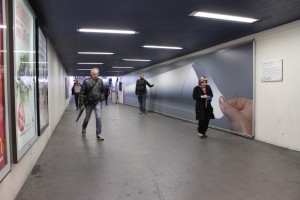 Marieke Gelissen in Zürich
Marieke Gelissen in Zürich
Parallel Paper Tunnel by Marieke Gelissen (alumna 2012) is te zien tijdens 17ZWEI in Zürich. Het werk ziet er geweldig uit in dit formaat (16 x 2,15 m), en op deze plek: in de voetgangerstunnel van Station Hardbrücke. Hier een foto van het werk, meer foto’s vind je op Marieke’s website, het werk is nog tot eind juli 2014 in Zürich te zien.
